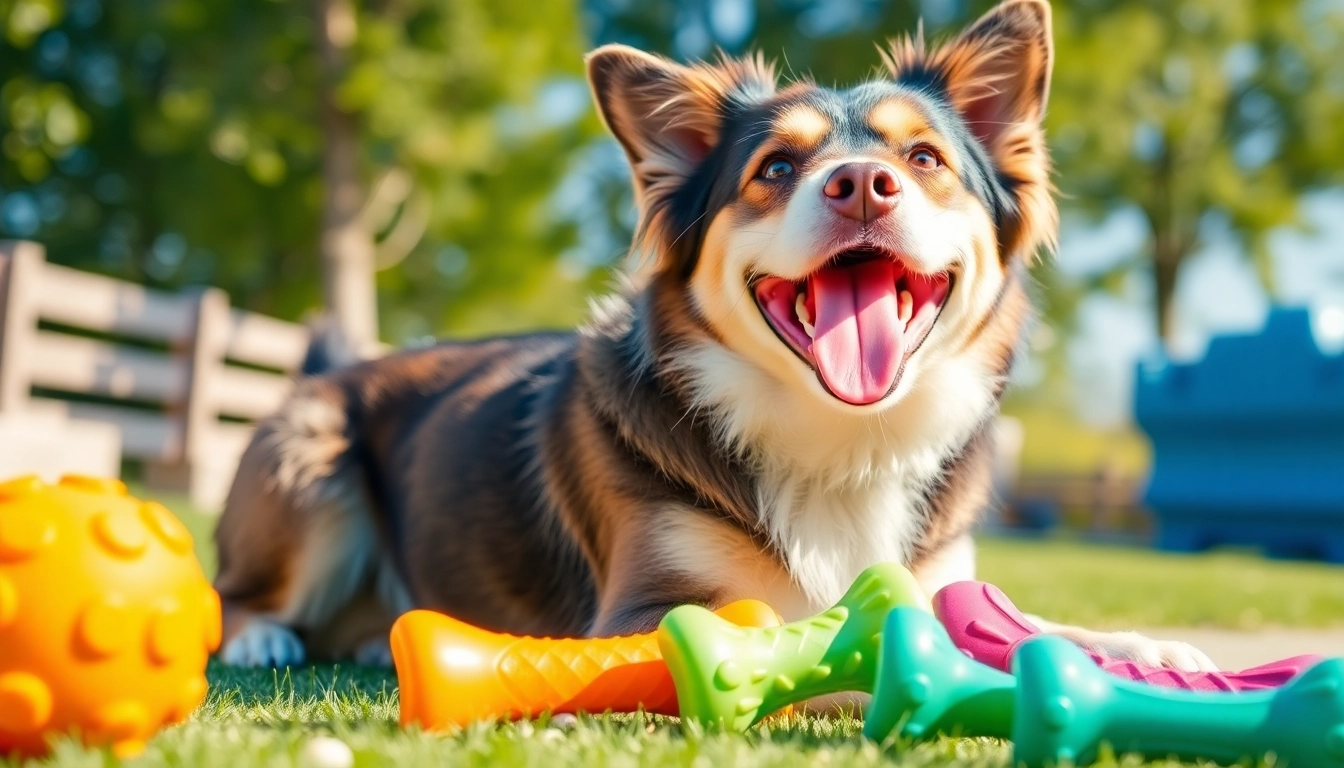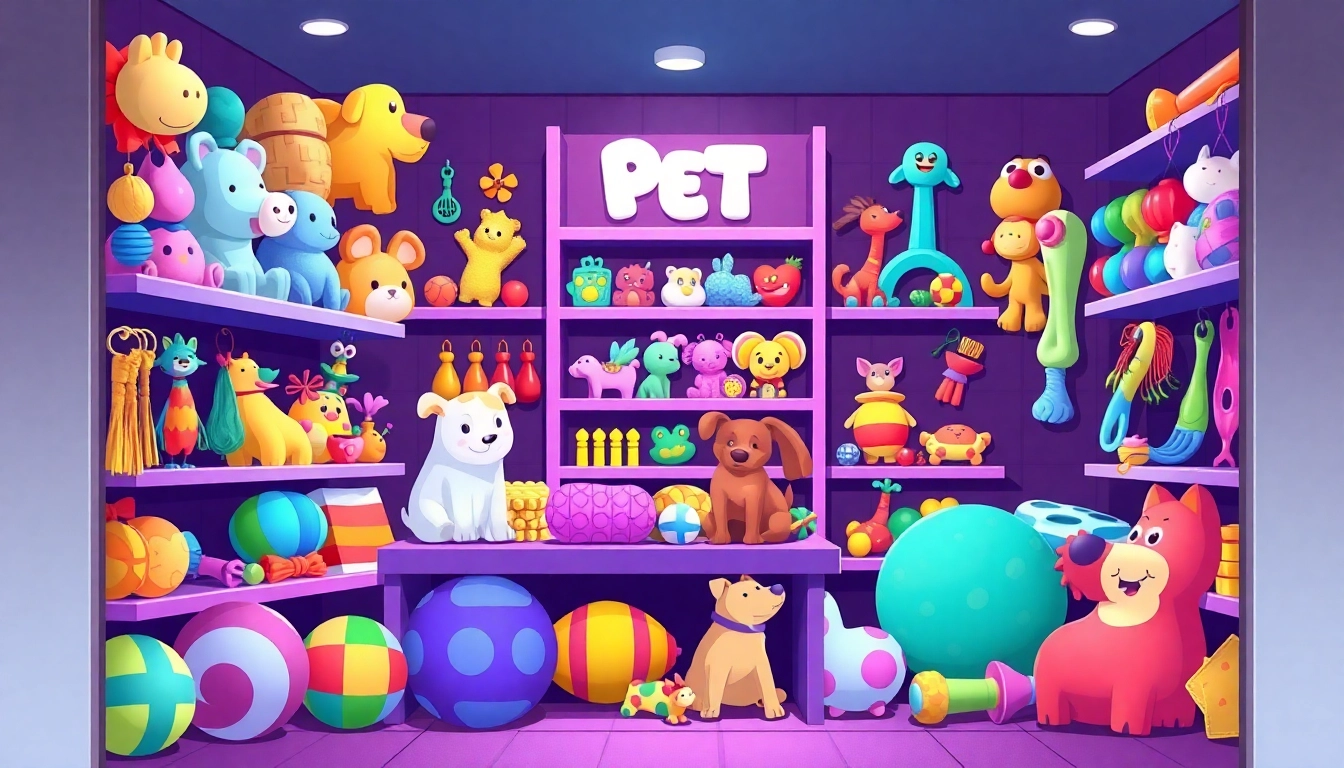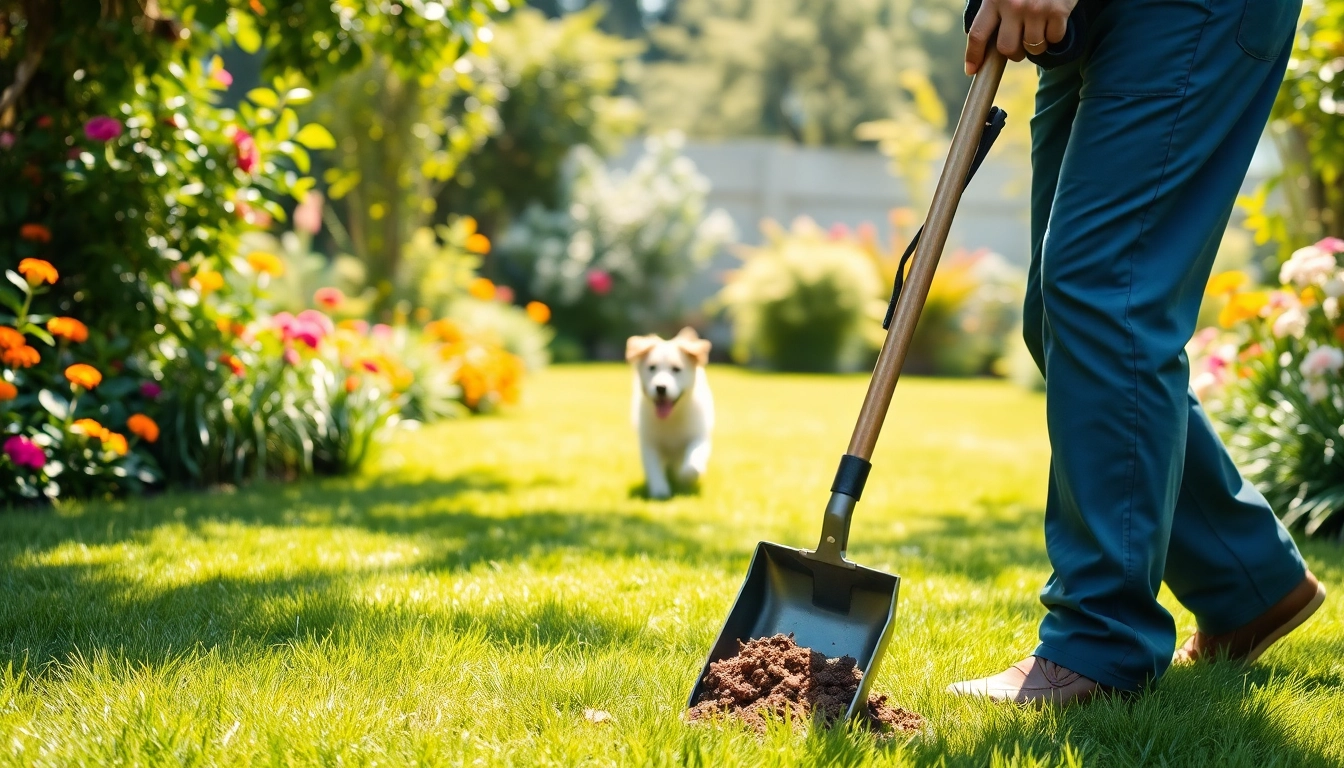Understanding Safe Dog Chew Toys
Choosing the right chew toy for your dog is essential for their health and happiness. A well-chosen chew toy not only provides entertainment but also encourages healthy chewing habits. The market is flooded with various options, which can make selecting safe dog chew toys daunting for pet owners. Understanding what makes a dog chew toy safe is the first step in making an informed decision.
What Makes a Dog Chew Toy Safe?
Safety is paramount when it comes to dog toys. A safe chew toy should be made from non-toxic materials to prevent potential health issues. It should also be durable enough to withstand aggressive chewing without breaking apart or splintering, which can result in choking hazards or digestive blockages. Additionally, the size of the toy matters—too small can pose a choking risk, while too large can be uncomfortable for the dog to handle.
Popular Materials Used in Dog Chew Toys
Dog chew toys come in various materials, each with distinct qualities and benefits. Rubber is one of the most popular choices due to its durability and flexibility, making it ideal for tough chewers. Nylon is another common material that offers long-lasting endurance, though it can be harder on the teeth than rubber. There are also natural options, such as wood or hemp-based toys, which appeal to environmentally conscious pet owners but may not be suitable for all chewing habits. Lastly, plush toys often contain squeakers and can satisfy your dog’s urge to cuddle and chew, though they may not be as durable.
Benefits of Chewing for Dogs
Chewing serves numerous purposes for dogs beyond mere entertainment. It promotes dental health by helping to remove plaque and tarter buildup, leading to fresh breath and healthier gums. Additionally, chewing can serve as a stress reliever, providing emotional comfort and keeping dogs occupied when owners are away. It’s also a natural instinct for dogs, contributing to mental stimulation and overall well-being. Ultimately, providing safe and appropriate chew toys is a vital part of fostering good behavior and physical health in your canine companion.
Types of Safe Dog Chew Toys
Rubber vs. Nylon: Which Is Better?
The choice between rubber and nylon chew toys often depends on your dog’s chewing style and preference. Rubber toys tend to be more forgiving on a dog’s teeth, while still catering to tough chewers. For example, toys that are filled with treats or are designed to bounce unpredictably can provide added excitement and engagement. On the other hand, nylon toys can withstand powerful jaws longer without the risk of being chewed apart but can be susceptible to splintering, posing a risk if pieces break off. It is wise to observe your dog’s interaction with both types to understand what suits them best.
Interactive Chew Toys: Engaging Your Dog
Interactive chew toys can be a game-changer for mental stimulation. These toys often incorporate puzzles or mechanisms that require dogs to work for treats. They combine elements of physical chewing and cognitive challenge. For instance, treat-dispensing balls encourage dogs to roll them around to earn their rewards, while puzzle toys require problem-solving skills to access treats hidden inside. Such toys not only keep dogs entertained but also help reduce problem behaviors stemming from boredom and anxiety.
Durable Chew Toys for Aggressive Chewers
For dog owners with aggressive chewers, investing in high-quality, durable chew toys is essential. Look for products specifically marketed as “indestructible” or “heavy-duty.” Brands often test their toys against heavy chewing during manufacturing. Some popular options include reinforced rubber toys and those made from super-strong nylon composites. It’s critical to regularly check these toys for signs of wear and replace them to avoid any safety risks, as damaged toys can lead to ingestion of small parts.
Choosing the Right Size and Shape
How Size Affects Safety and Enjoyment
When it comes to chew toys, size truly matters. A toy that is too small can easily be swallowed or lodged in a dog’s throat, presenting a choking hazard. Conversely, toys that are too large may be challenging for smaller breeds to chew or carry. It’s recommended to select toys that are proportionate to your dog’s size and weight. Always check the manufacturer’s guidelines for recommended sizes, and if in doubt, consult your veterinarian.
Shapes and Their Impact on Chewing Habits
The shape of a chew toy can influence how a dog interacts with it. Round toys may be harder to grasp for some dogs, while shapes that mimic prey—like bones or even animal forms—can bring out your dog’s natural instincts. Consider your dog’s behavior: do they prefer to gnaw, lick, or fetch? Testing different shapes can help you determine which toys best engage your dog’s chewing habits.
Consulting Your Veterinarian for Recommendations
Your veterinarian can be an invaluable resource when selecting safe chew toys. They can provide personalized recommendations based on your dog’s age, breed, chewing behavior, and any health issues. For instance, older dogs may benefit from softer toys that are easier on their teeth, while puppies may need specific toys to soothe teething discomfort. By leveraging your vet’s expertise, you can optimize your choices for both safety and enjoyment.
Maintaining Dog Chew Toys
Cleaning and Sanitizing Chew Toys
Regularly cleaning and sanitizing your dog’s chew toys is crucial to maintaining their safety and hygiene. Bacteria and dirt can accumulate on toys, especially those that are used outdoors. Rubber and nylon toys can typically be washed in warm, soapy water, while some can also go in the dishwasher. For plush toys, check the label for washing instructions. Incorporate a cleaning routine into your pet’s care schedule, perhaps monthly or quarterly, to keep both the toys and your dog healthy.
Knowing When to Replace Chew Toys
No matter how durable a toy may be, all chew toys have a lifespan. You should be vigilant in monitoring their condition and replace them before they pose a hazard. If a toy begins to show excessive wear, tears, or pieces start breaking off, it’s time to find a replacement. Regular checks will help ensure that your dog remains safe and is getting the most enjoyment from their toy.
Signs of Wear and Tear to Look Out For
Look for visible signs that a toy is past its prime, such as cracks, splits, or loose parts. Additionally, if your dog is managing to rip pieces off during play, this is a strong indicator that the toy is no longer safe. Pay attention to your dog’s behavior with their toys; if they begin to act differently—losing interest or showing signs of frustration—it may be time to reassess their toys’ condition.
Promoting Healthy Chewing Habits
Setting Limits on Chewing Time
Setting limits on how often and how long your dog has access to their chew toys can help prevent over-chewing and potential digestive issues. It is essential to monitor your dog’s chewing habits and guide them on appropriate playtime duration. You might establish specific play sessions where they are allowed to chew, interspersed with exercise or other activities. This approach can not only help manage chewing but also aid in providing a balanced routine for your dog.
Balancing Chewing with Other Activities
While chewing is beneficial, it is vital to balance this activity with other forms of physical and mental stimulation. Incorporate daily walks, training exercises, and interactive play sessions into your routine. This balance can help prevent boredom and reduce the likelihood of problem behaviors that arise from excess chewing. Engaging your dog in different activities will also strengthen your bond and ensure they remain well-rounded.
Creating a Chew Toy Rotation
To keep your dog’s interest in their chew toys high, consider creating a toy rotation. By having a selective number of toys available at any given time and rotating them frequently, the novelty can sustain your dog’s curiosity. Simply store some toys away for a while and then reintroduce them at a later date. This strategy not only extends the life of the toys but also enhances your dog’s engagement and excitement during playtime.



